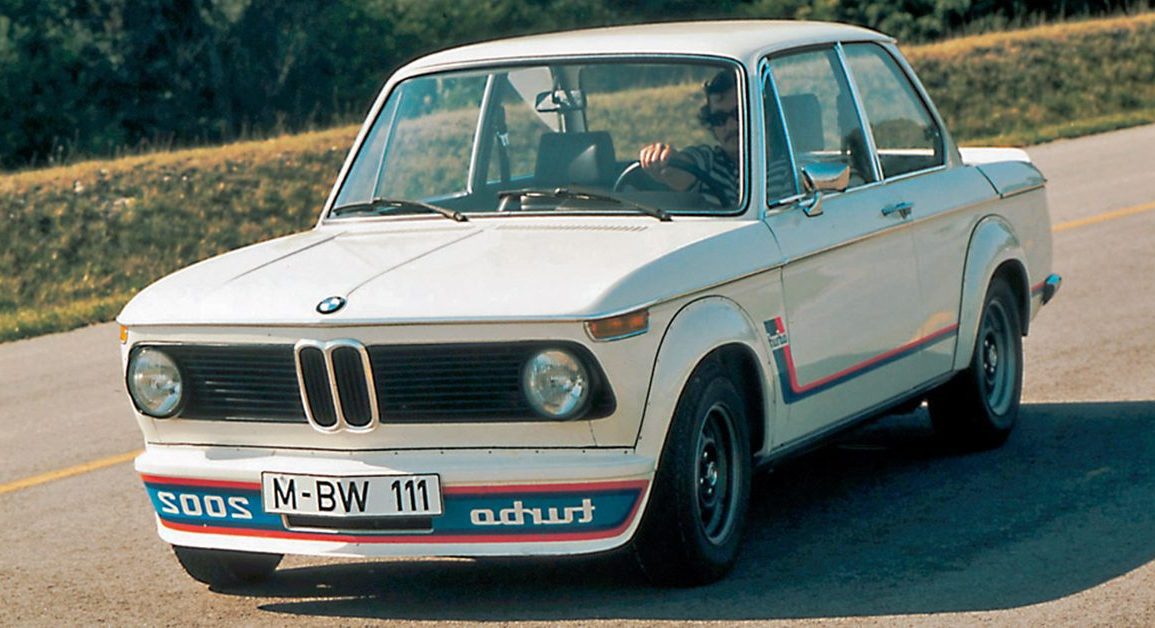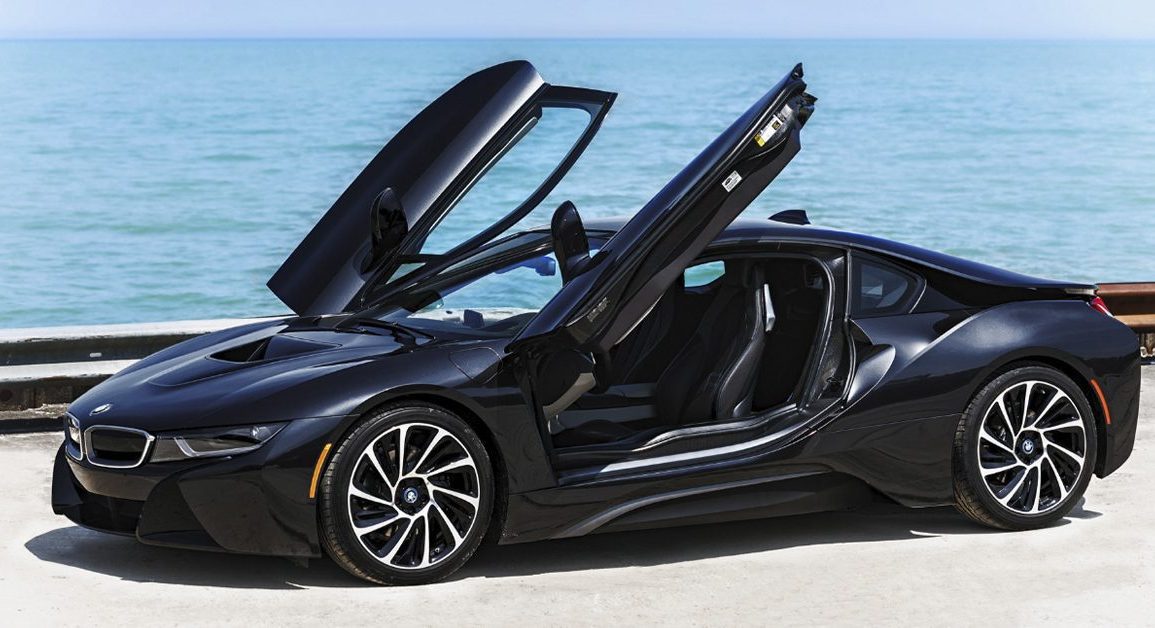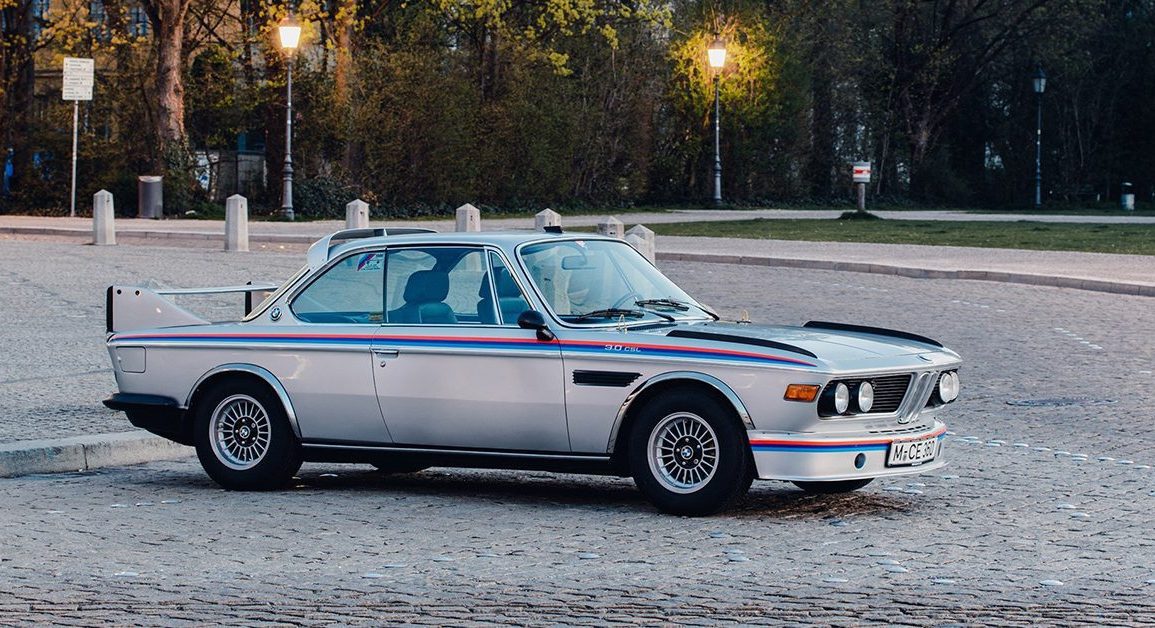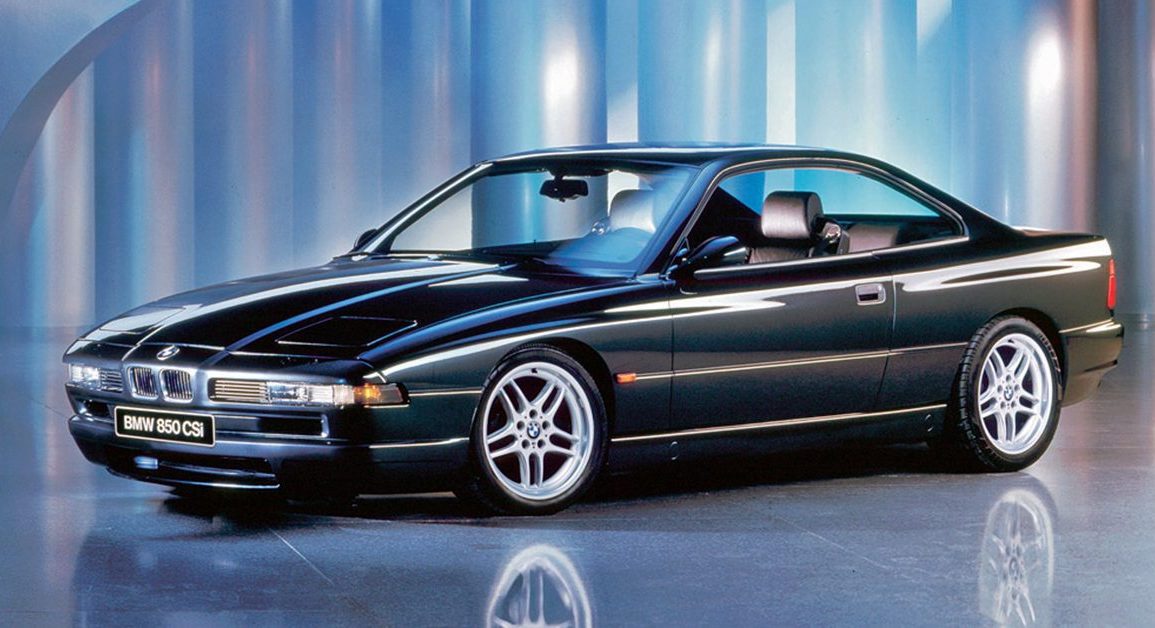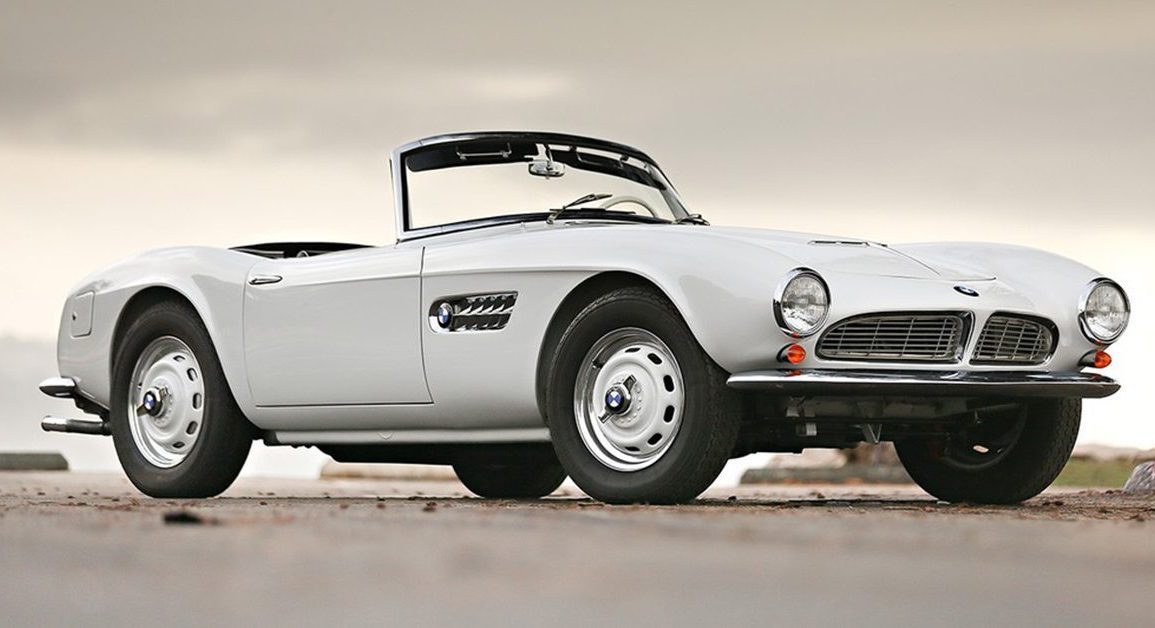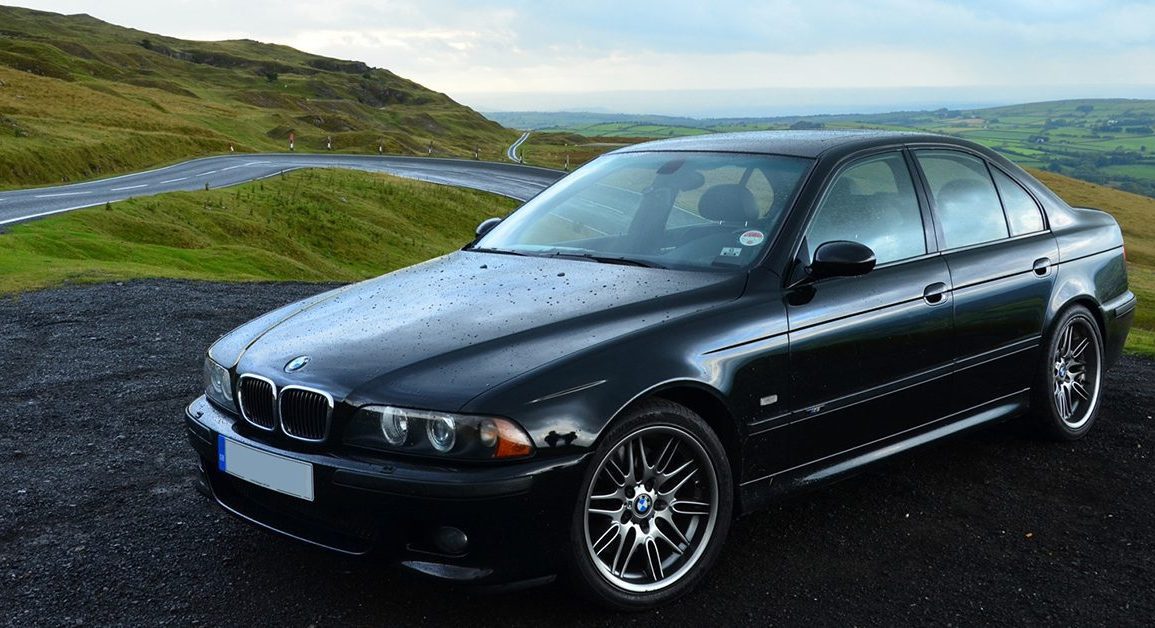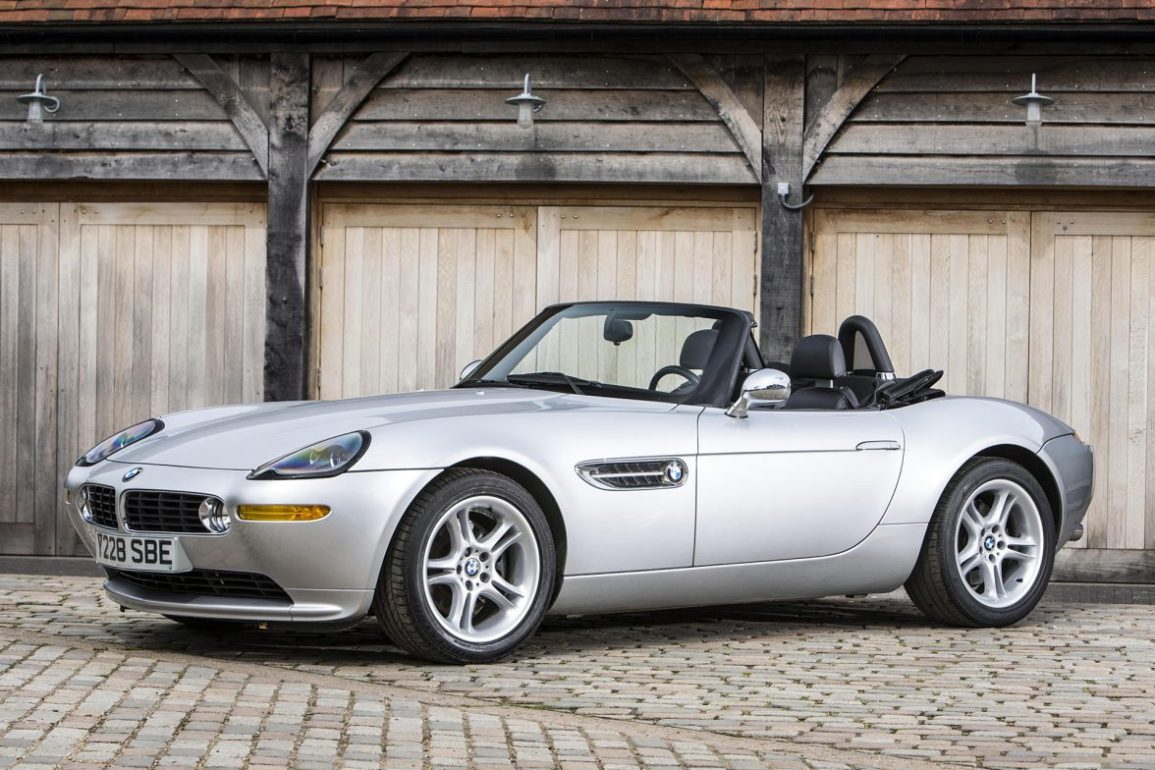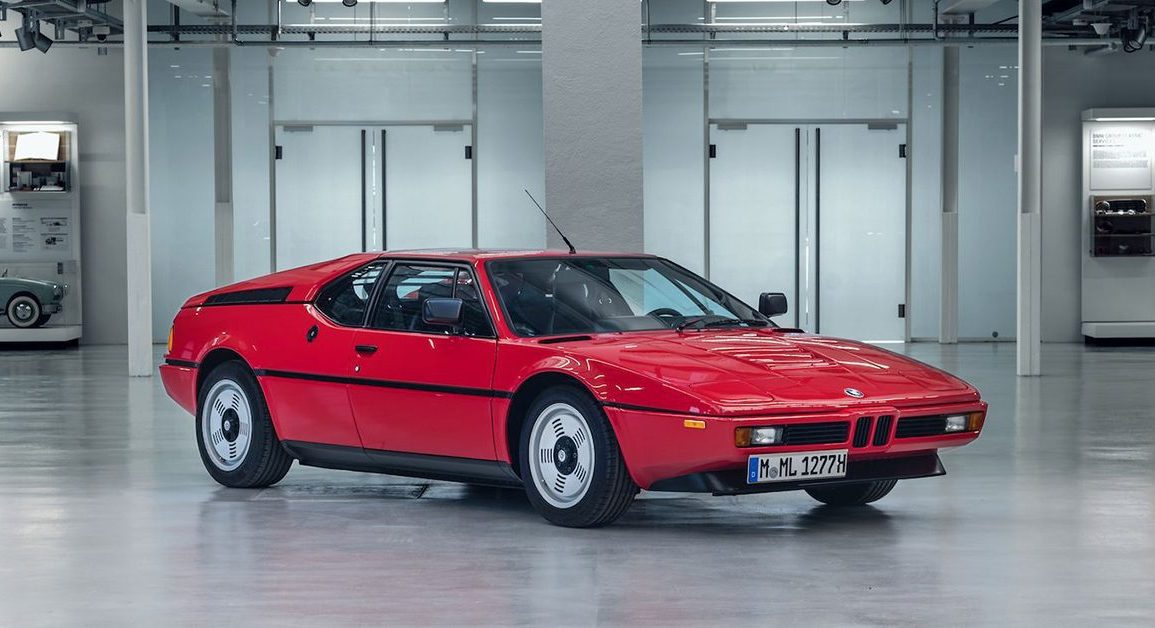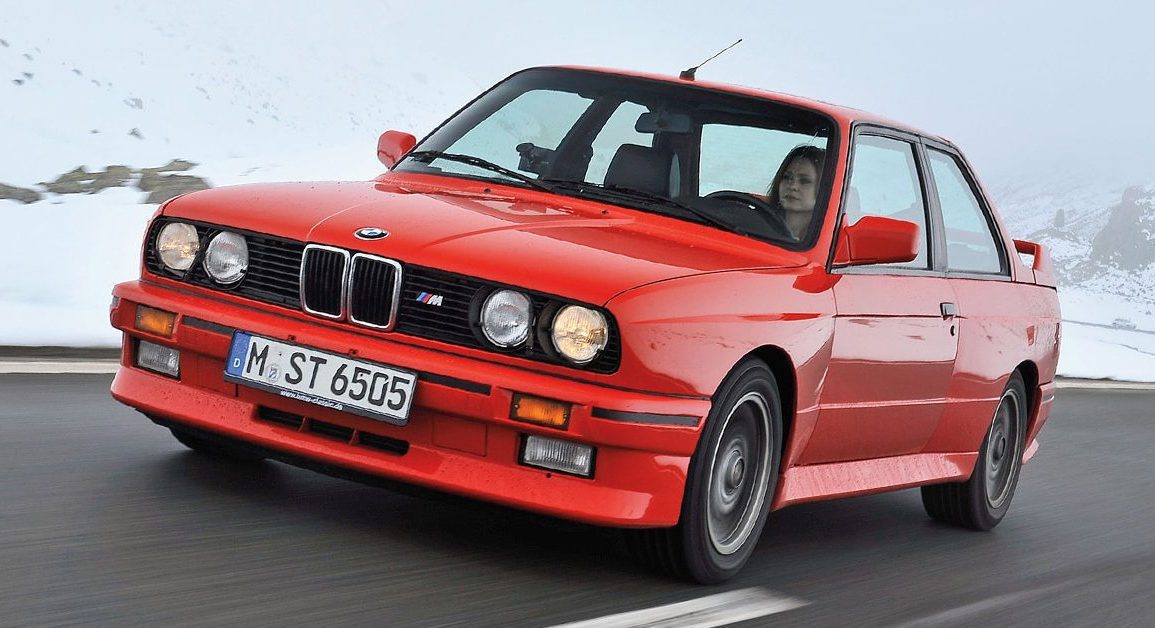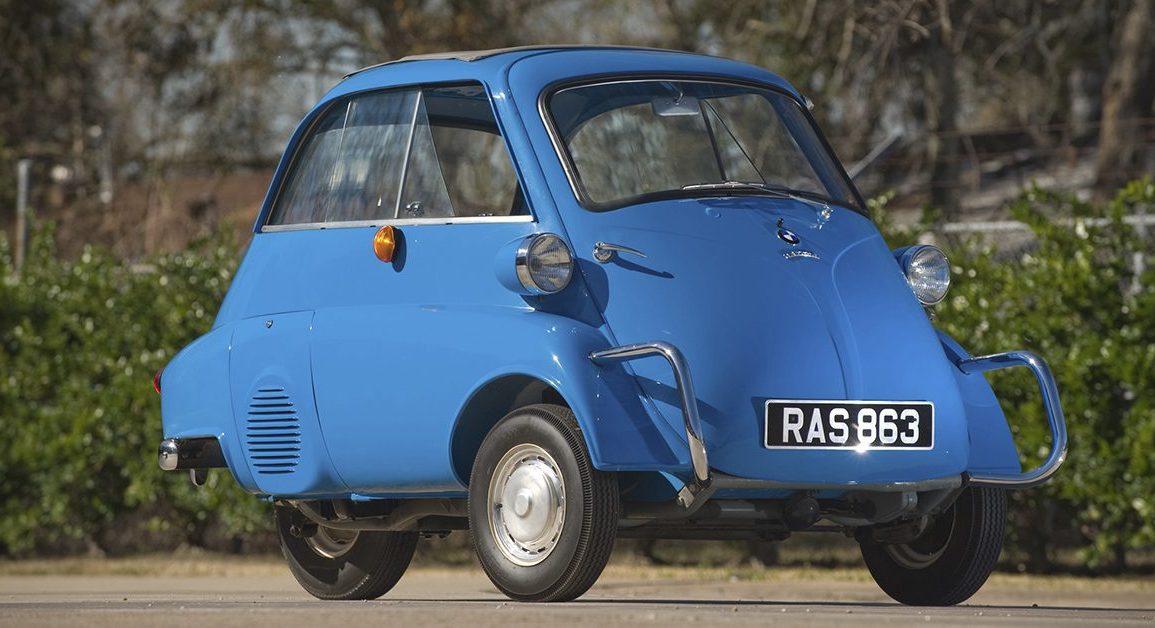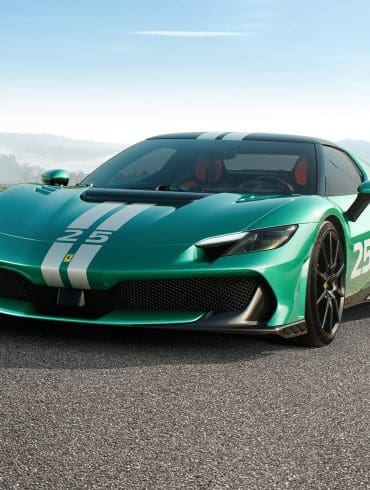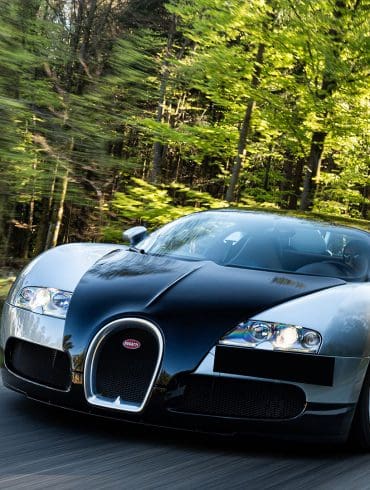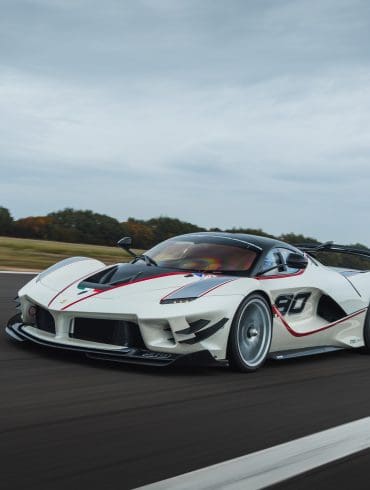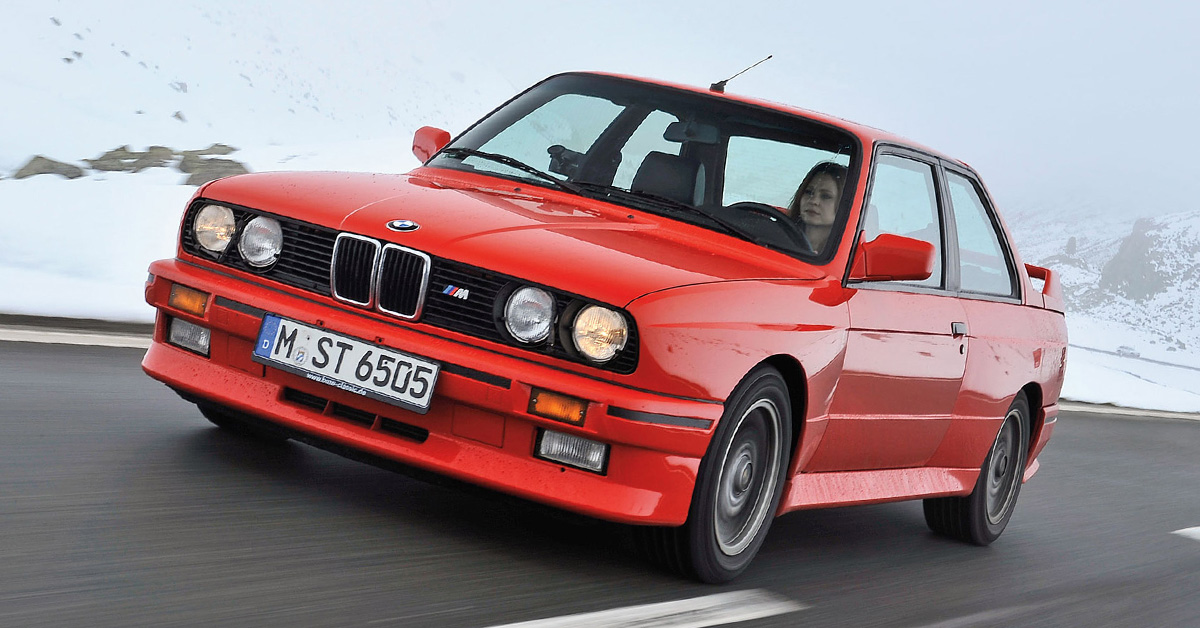
From the gorgeous BMW 507 to the groundbreaking BMW i8, BMW has given us iconic automobiles
About Our Selections
What started as a manufacturer of airplane engines at the dawn of the twentieth century became one of the most influential automakers in history: BMW. BMW has earned a reputation as one of the world’s most dynamic and innovative car manufacturers, blending cutting-edge technology with driving pleasure. From iconic sports cars to luxurious sedans, BMW has consistently produced models that have left a lasting impact on automotive history. In this article, we’ll take a journey through the best BMWs ever made, showcasing the cars that have defined the brand’s legacy of performance, style, and engineering excellence.
For over a century, BMW has been an emblem of excellence in the automotive world. With a rich history dating back to its founding in 1916, the German automaker has left an indelible mark on the industry, revolutionizing how we perceive and experience automobiles. From its iconic kidney grille design to its commitment to innovation and performance, BMW has consistently pushed the boundaries of engineering and design, setting a standard many aspire to emulate.
BMW 2002 Turbo
BMW's first mass-produced turbocharged car
Why We Picked It:
The BMW 2002 Turbo, a sporty new model, debuted in the 1970s as oil prices rose to great public acclaim. The 2002 was a success for BMW, contrary to popular belief, which held that such a fast car would be marginalized due to worries about increased fuel consumption.
What transpired, however, as the BMW 2002 Turbo revolutionized exhaust turbocharger technology and launched a new era of sports vehicle design, caught everyone off guard. The 2.0-liter M10 inline engine that powered the 2002 Ti (1968–1972) produced up to 120 horsepower. Later models, such as the 2002 Tii (1971–1975), offered significantly greater power, delivering up to 130 hp with Kugelfischer intake manifold fuel injection.
However, the Kühnle Kopp und Kausch turbocharger—abbreviated "KKK"—was responsible for an extraordinary increase in power and torque, pushing the overall output to an astounding 170 hp and 240 Nm. Few people would have foreseen that this car would become such a dominant force in its sector, much less set the standard for upcoming combustion engine models. Yet, more than 40 years later, we can see how BMW's keen engineering skills predicted future advancements.
Specifications:
Price: $65,000-$193,000
Engine: 2.0 Turbocharged Inline-Four
Power: 170 hp
Torque: 177 lb-ft
Transmission: 4-Speed Manual
Curb Weight: 2,381 lbs
Highlights:
The 2002 Turbo suffered from severe turbo lag. However, when the turbo does kick in, the power is noticeable, especially during gear changes when the power drops quite suddenly.
The 2002 Turbo was also a very well-handling car. It had a fully independent suspension and a limited-slip differential, which helped it put its power down the road efficiently.
Learn More:
BMW i8
The forerunner of eco-friendly supercars
Why We Picked It:
The BMW i8's power plant system is unquestionably impressive, incorporating cutting-edge technological elements that demonstrate seamless integration systems, even though it falls short of the legendary expectations some have set after experiencing the ultimate driving machines of other iconic BMW sports cars. Still, the BMW i8 achieved the brand's goal of environmentally friendly transportation and cutting-edge design concepts.
A 1.5-liter turbocharged inline three-cylinder engine, a hybrid synchronous motor, and a lithium-ion battery pack made up the hybrid powertrain, which had a maximum output of 369 horsepower and a torque of 420 lb-ft.
Driving the i8 is a fascinating experience thanks to its expertly performed body balance management, even though it lacks the allure of soulful thrumming engines coveted by enthusiasts worldwide or loses some grip on turns due to small tires.
This supercar uses all-wheel drive plug-in hybrid technology and has a two-speed automatic transmission for front traction and a six-speed automatic transmission for the rear wheels. The i8 has a 3.8-second 0 to 60 mph acceleration time and a 9.7-second 0 to 100 mph top speed.
Specifications:
Price: $70,000-$100,000
Engine: 1.8 Turbocharged Inline-Three / Hybrid Synchronous Motor
Power: 369 hp
Torque: 420 lb-ft
Transmission: 6-Speed Automatic
Curb Weight: 3,274 lbs
Highlights:
As a plug-in hybrid sports car, the i8 showed the world how high-performance and eco-friendly driving can coexist harmoniously.
The i8 boasted revolutionary characteristics like butterfly doors, lightweight construction, and modern materials paired with a sophisticated powertrain.
Learn More:
BMW 3.0 CSL
An inconic homologation story
Why We Picked It:
Although the CSL was initially designed as a homologation special for the European Touring Car Championship in the 1970s, it has since become an icon of the automotive industry due mainly to its remarkable lightweight and fantastic three-liter engine.
What makes the 3.0 CSL extraordinary? Its remarkable qualities, including its incredibly light build and aggressive aerodynamic elements that ensure stability at incredible speeds, are impossible to ignore. Its distinctive spoilers and elongated body earned it the nickname "Batmobile" on racing circuits worldwide. This nickname rapidly won fans' hearts and has maintained that appeal for over 40 years.
Bosch's fuel injection system for the CSL generated 206 horsepower. A six-cylinder engine was also established as the norm for all E9 series improvements. 1973 saw an increase in displacement from the original 2,985 cm3 offering to its largest size of 3,153 cm3. Known for exceptional manual transmission performance, the highest recorded speed attained by the BMW 3.0 CSL while accelerating in fourth gear clocked in at an impressive 137 mph.
Specifications:
Price: $290,000
Engine: 3.0L Inline-Six
Power: 206 hp
Torque: 201 lb-ft
Transmission: 4-Speed Manual
Curb Weight: 2,799 lbs
Highlights:
With six European Touring Car Championships and several class triumphs at prestigious endurance events like Le Mans, the BMW 3.0 CSL has an incredible racing history.
Alpina developed the 3.0 CSL, a lightweight coupe based on the 2800 CS. They incorporated 20 modifications and shaved 215 kg off the overall weight.
Learn More:
BMW 850 CSi
The dream coupe
Why We Picked It:
Like its long-time competitor Mercedes-Benz, BMW had to take a new approach in the 1990s to deal with the impending globalization of the auto industry if it wanted to keep up with the competition. So, it sought to improve upon the success of the 850i/Ci by having BMW Motorsport develop a new higher-performance variant.
On paper, BMW engineers had done everything to restore the honor lost in their first installment of the 8 Series. First, there was the mighty V12 with two valves per cylinder and very advanced engine management with electronic injection from Bosch Motronic. Second, for the CSi, the engine underwent a steroid treatment, increasing displacement from a 5.0-liter to almost 5.6 liters, reaching a not-too-shabby 380 horsepower and 406 lb-ft of torque.
The 850 CSi could accelerate from 0 to 60 mph in under 6 seconds, with a top speed of 155 mph. The fact that the 850 CSi could only be had with a 6-speed manual transmission also served as a subtle signal for the car's intended audience.
Specifications:
Price: $70,000-$120,000
Engine: 5.7L V12
Power: 380 hp
Torque: 406 lb-ft
Transmission: 6-Speed Manual / 5-Speed Auto
Curb Weight: 4,239 lbs
Highlights:
The BMW E31, often known as the 850 CSi, succeeded the BMW E24 as the flagship model of the 8 Series. The 8 Series was BMW's first Grand Tourer with a V8 or V12 engine.
Thanks to its Motorsport-derived S70 V12 engine, the 850 CSi was more powerful than contemporary rivals like the Aston Martin DB7 and the Porsche 928 GTS.
Learn More:
BMW 507
A classic German roadster
Why We Picked It:
The BMW 507 is a legendary German roadster that will go down in automotive history as a legend. This exquisite novelty has been captivating audiences since its 1956 premiere. This vehicle's sleek form is emphasized by every curve.
Nothing compares to how its long, low hood sweeps back and forth across that well-proportioned body. The front grill, side vents, and subtle chrome embellishments on this car make it look even more luxurious and desirable. What you find inside is just as impressive, though.
Finely stitched leather seats, polished timber accents, and ergonomic controls contribute to a layered focus on driver comfort. This results in a driving environment that is both refined and luxurious. The V8 engine hiding behind that sleek façade provides enough power while remaining relatively light, resulting in nimble handling.
BMW's 507. BMW's dedication to superior craftsmanship and performance ingenuity is on full display in this vehicle. Making automobiles that look amazing and function exceptionally well is one way to win over automotive fans.
Specifications:
Price: $50,000-$230,000
Engine: 3.2L V8
Power: 140hp
Torque: 163 lb-ft
Transmission: 4-Speed Manual
Curb Weight: 2,822 lbs
Highlights:
The BMW 507's cabin was plush and well-appointed, with leather seats, a sleek dashboard, and sophisticated gauges.
The 507's enduring allure comes from the timeless sophistication of its design and craftsmanship, making it a rare and sought-after commodity even among collectors.
Learn More:
BMW E39 M5
A sports sedan hero
Why We Picked It:
The BMW E39 M5 is widely regarded as one of the greatest sports sedans ever manufactured. It was produced between 1998 and 2003. It was equipped with a 4.9-liter naturally aspirated V8 engine, churning out an impressive output of 394 horsepower and 368 lb-ft of torque. This allowed the E39 M5 to rocket from 0 to 60 mph in 4.8 seconds.
Aside from its performance, the E39 M5 received praise for its luxurious interior, comfortable ride, and precise handling. Notable features included a six-speed manual transmission with a limited-slip differential and adaptive suspension.
There are several reasons why the E39 M5 is truly special. Firstly, it stood out as one of the pioneering M5 models to be powered by a V8 engine, granting it an edge in performance compared to its predecessors. Secondly, the E39 M5 boasted a balance that catered to driving dynamics while providing a comfortable experience during long trips. Lastly, its design exuded timeless elegance with BMW characteristics such as a hood, compact rear deck, and muscular stance.
Specifications:
Price: $30,000-$50,000
Engine: 4.9L V8
Power: 400 hp
Torque: 368 lb-ft
Transmission: 6-Speed Manual
Curb Weight: 3,791 lbs
Highlights:
For many BMW enthusiasts, the E39 M5 is considered the quintessential M5 thanks to its impressive driving dynamics and fantastic powertrain that delivers mind-boggling performance.
The E39 M5 was a critical and commercial success, with over 20,000 units produced worldwide.
Learn More:
BMW Z8
A new millennium super roadster
Why We Picked It:
The BMW Z8, the company's bet for the 2000s, was a sporty two-seater unveiled at the start of the new millennium, impressing onlookers with its stunning good looks and timeless proportions. The Z8's self-supporting aluminum space frame chassis structure is as exciting as its futuristic design.
A powerful eight-cylinder powerplant displaces almost five liters under the hood of its sleek body shell featuring screw-on components. Its 4.9-liter V8 engine produces 400 horsepower and 369 pound-feet of torque, transferring to the rear wheels via a six-speed manual transmission. There were many similarities between the Z8 and the M5 of the time, and the Z8 might even benefit from innovations seen in the Ferrari 360 Modena of the same era.
The BMW Z8 is the production version of the Z07 concept car, which debuted at the 1997 Tokyo Auto Salon as a tribute to the iconic BMW 507 Roadster, which was produced from 1956 to 1959 and has since skyrocketed in value thanks to the high-profile ownership of its former owners, including the King himself, Elvis Presley.
Specifications:
Price: $200,000-$400,000
Engine: 4.9L V8
Power: 400 hp
Torque: 425 lb-ft
Transmission: 6-Speed Manual
Curb Weight: 3,494 lbs
Highlights:
The BMW Z8 was a beautiful, stylish roadster that evoked memories of the classic BMW 507.
The Z8 is relatively rare today, with only 5,703 units produced worldwide. This makes it a highly collectible car, and prices have steadily risen in recent years.
Learn More:
BMW M1
The first BMW car with the M badge
Why We Picked It:
The M1 was a magnificent automobile born from a collaboration between BMW and Lamborghini in the mid-1970s. BMW needed a car to compete in FIA Group 5 racing, but the rules stipulated that 400 units must be sold to the public. Lamborghini's reputation for producing ferocious mid-engined sports cars was well established after their famed Miura stunned the world ten years prior.
BMW's drive to develop a homologated vehicle dates back to Paul Bracq's Turbo concept car from 1972, which influenced the design of Giorgetto Giugiario for the M1. Due to financial difficulties, Lamborghini abandoned the project. Still, BMW Motorsport stepped in and constructed the chassis, suspensions, and other essential pieces in a last-ditch effort to bring this beast to life.
BMW's 3.5-liter inline-six-cylinder engine, used in the 6 and 7 Series sedans, was a capable powerplant, but it required a significant upgrade to keep up with the car's aspirations. That's why we called on the brilliant brains at Motorsport. They returned to the design board and modified the engine to produce 277 hp, 243 lb-ft of torque, reaching a 165 mph top speed.
Specifications:
Price: $300,000-$800,000
Engine: 3.5L Inline-Six
Power: 277 hp
Torque: 243 lb-ft
Transmission: 5-Speed Manual
Curb Weight: 3,400 lbs
Highlights:
Giorgetto Giugiaro designed the M1. The M1's elegant shape, precise angles, and smooth curves are all products of his excellent design.
Pop-up headlights were a prominent design element in the 1970s, giving the M1 a bit of retro-futuristic flair.
Learn More:
BMW E30 M3
The quintessential BMW M car
Why We Picked It:
The unparalleled allure of the first M3 explicitly built for Group A homologation purposes is beyond dispute. In 1986, BMW introduced the groundbreaking 'S14,' a tiny yet durable four-cylinder powertrain that borrowed heavily from the M10 block and S38 straight-six of the M5 to create a new four-valve head.
The M3's engine, mated to a dogleg five-speed manual transmission, produces 200 horsepower and 176 pound-feet of torque in base versions and 215 horsepower in the Cecotto and Ravaglia limited-edition variants.
However, the final SportEvolution edition, thanks to the increased displacement of up to 2.5 liters and other mechanical improvements done by BMW's engineers, gives a maximum power output of 238 horsepower. The car has a top speed of 140 mph and can reach 60 mph in 6.7 seconds.
The M3 E30 has won more races than any other touring vehicle. The original M3 is a staple of any fine M car list, and rightfully so. Although later models with straight-six engines are smoother than the S14's four-cylinder, and on-road driving dynamics have vastly improved, the E30 M3 remains the quintessential M car for many BMW fans.
Specifications:
Price: $50,000-$150,000
Engine: 2.5L Inline-Four
Power: 200 hp
Torque: 177 lb-ft
Transmission: 5-Speed Manual
Curb Weight: 2,866 lbs
Highlights:
The BMW E30 M3 was one of the first production cars to feature a widebody package. Among its many other innovations, it had a limited-slip differential and a four-wheel independent suspension.
The M3 E30 was created by Paul Bracq, who drew inspiration from classic BMW features, including the kidney grille and Hofmeister kink.
Learn More:
BMW Isetta
The quirkiest BMW ever
Why We Picked It:
Few cars have left a more significant imprint than the diminutive yet iconic BMW Isetta. Born in post-war Europe, the Isetta, affectionately known as the "Bubble Car," embodied an era of innovation and adaptability.
The BMW Isetta made its debut in 1955, during a time when Europe was grappling with fuel shortages and economic hardships. Its compact design and efficient use of resources were an immediate hit. BMW obtained the rights to produce it after the Italian company Iso SpA initially developed it, signaling the brand's entry into the microcar market.
What set the Isetta apart was its unconventional front-entry door and three-wheel configuration. Powered by a small 1-cylinder, 4-stroke engine producing 13 hp, it could achieve 53 mph, an impressive 60 miles per gallon, making it a practical choice for the cost-conscious driver.
Despite its diminutive size to accommodate two passengers, the Isetta's impact on BMW and the automotive industry was enormous. It helped BMW survive financially and solidified the brand's reputation for innovation and engineering. The BMW Isetta reminds us that big things often come in small packages.
Specifications:
Price: $55,000-$90,000
Engine: 0.3L 1-Cylinder
Power: 13 hp
Torque: N/A
Transmission: 4-Speed Manual
Curb Weight: 850 lbs
Highlights:
The Isetta was one of the most unique and quirky cars ever made. Its egg-shaped design and single front door made it instantly recognizable.
It was very fuel-efficient, making it popular during a time of high gas prices, and it was also relatively affordable, making it accessible to a wide range of buyers.


